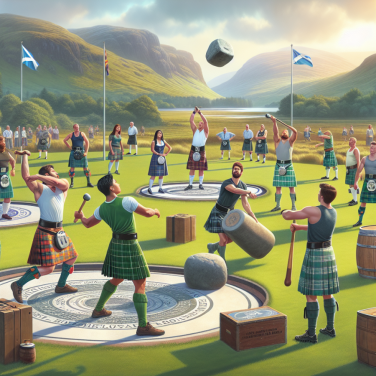Factors Influencing the Cost of a Soccer Ball
Whether you’re a professional soccer player, a coach, or a recreational player, understanding the factors that influence the cost of a soccer ball is essential when making a purchasing decision. It’s not just about picking the cheapest option, but rather finding a ball with the right combination of cost and value to fit your needs.
One of the primary factors influencing the price of a soccer ball is the material used. Most soccer balls are made of either synthetic leather, rubber, or a blend of materials. Synthetic leather is generally more expensive, as it offers a more authentic feel and superior performance, particularly in wet conditions. On the other hand, rubber balls are typically more economical and offer greater durability but may not provide the same performance level.
The manufacturing complexity is another major driver of costs. High-end soccer balls often feature intricate designs and advanced panel structures to improve aerodynamics, thereby increasing the manufacturing time and resources needed and ultimately pushing up the price. Conversely, simple, low-tech soccer balls with a traditional 32-panel design tend to be more affordable.
The quality of the bladder — the part of the ball that contains the air — can also affect the price. Higher-end balls typically employ latex bladders, which offer excellent bounce and feel, but require regular re-inflation. Cheaper balls often use butyl bladders, which retain air longer but don’t provide the same responsive feel.
Additionally, licensing and branding can substantially increase the cost of a soccer ball. Official match balls used in top professional leagues and tournaments, which bear the logos and markings of organizations like FIFA and UEFA, are usually more expensive due to the cost of licensing these trademarks. Furthermore, soccer balls from renowned sports brands like Adidas and Nike often come with a higher price tag due to their reputation for quality.
The type of soccer ball can also impact its price. For example, futsal balls – used in indoor or mini-field games – may be pricier due to their specialized design and construction, which is different from standard soccer balls. Similarly, specialized training balls — such as lighter balls for children or weighted balls for strength training — often carry a higher price tag than regular play balls.
Lastly, innovations and advancements in technology have led to the rise of smart soccer balls, which are embedded with sensors that track performance metrics such as speed, spin, and strike accuracy. While these high-tech balls can provide valuable feedback for players looking to improve their skills, they also come with a far more expensive price.
Read also:
Exploring the Crucial Role of Sports Psychology in Athlete Performance
Comparison of Soccer Ball Prices Across Different Brands and Quality Levels
In the world of soccer, the brand and quality of the ball used can significantly impact the game. Therefore, it’s strategic for players, coaches, and football fanatics to understand the cost implications of investing in a good soccer ball. In this section, we'll explore the price comparison across different soccer ball brands and quality levels.
When it comes to brand comparison, Adidas, Nike, and Puma dominate the soccer ball market.
Adidas, known for its innovative and high-quality soccer balls, is usually on the pricier side. Their soccer balls range from $20 for basic training balls to $165 for the official match balls used in tournaments like the World Cup.
Nike, synonymous with style and quality, offers a wide variety of soccer balls. Their prices hover around $25 for low-end recreational balls and can go up to $160 for their high-end official match balls, used in leagues such as the English Premier League.
Puma, although less popular than Adidas and Nike, has made a name for itself with its durable and trendy soccer balls. Their prices range from $18 for basic recreational balls to $100 for top-tier balls.
In comparison to these top brands, lesser-known brands like Mikasa and Umbro provide decent quality soccer balls at considerably lower prices, ranging from $12 to $40.
Now, let's delve into the price difference with respect to the quality levels of soccer balls.
When we talk about the quality of soccer balls, we often categorize them into three segments: training balls, premium balls, and official match balls.
Training balls are the cheapest and most durable, designed for regular use in rough conditions. Prices for training balls usually range from $15 to $30.
Premium balls, the intermediate category, offer better performance and longevity than training balls, and are priced between $50 and $80. These balls are often used in local leagues and school competitions.
Lastly, official match balls are the most expensive, engineered for professional play. These are the balls that are used in world-class tournaments and leagues. They often include innovation and technology for optimal performance and come with a hefty price tag that can range from $100 to upwards of $160.
Overall, the price of a soccer ball largely depends on its brand and quality level. It’s important to decide on a soccer ball that suits your needs and budget.




